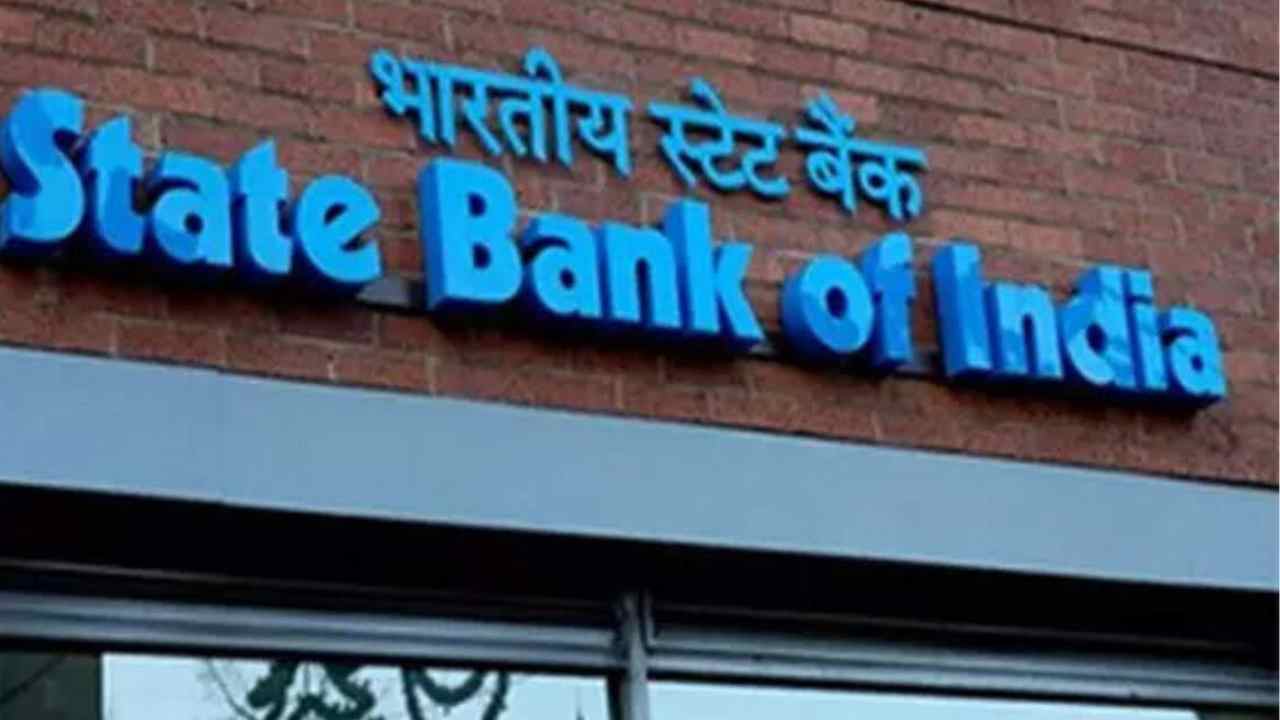It states that India’s home loan is managed and not worrying, because the portfolio has two thirds of the main and credit quality, and rather than the average B increment, the increasing number of borrower is raised.
In addition, property production, such as home and vehicle loans, increases 25 percent, while manufacturers like agriculture, business and education are 30 percent for the purpose. The Reserve Bank of India (RBI) sees the increase in domestic debt, especially two-thirds of the portfolio, the main and credit-quality lenders.
Until now, India’s home loan is at a relatively low level, 42 percent, compared to 49.1 percent of the economy (EME) in other emerging markets.
SBI analysis shows that 45 per cent of the loan is used with personal loans, credit cards and customer durable loans.
The RBI’s current rate-isting cycle has already appeared in the 100-basic-point reduction in the repo rate, which has an automatic reduction in the interest rate of externally connected benchmark. This is expected to provide great relief to the families. During these rates-cut-e-ezing cycles, it is estimated that approximately 80 per cent of the retail and MSME loan portfolio has been added to the external benchmark loan rate (EBLR), which indicates a potential savings of around Rs 50,000 to Rs. This easy cycle is estimated to continue for about two years, which contributes to the reduction of domestic interest costs.
Last week, the RBI announced a reduction of 50 base points in the policy repo rate by 5.5 per cent under the Liquid Adjustment Facility. The deduction of the rate was cut from September 6 by 100 base points in the Cash Reserve Rashio (CRR) in four trunks of each 25 base points.
(Tagstotranset) India Domestic Debt (T.

